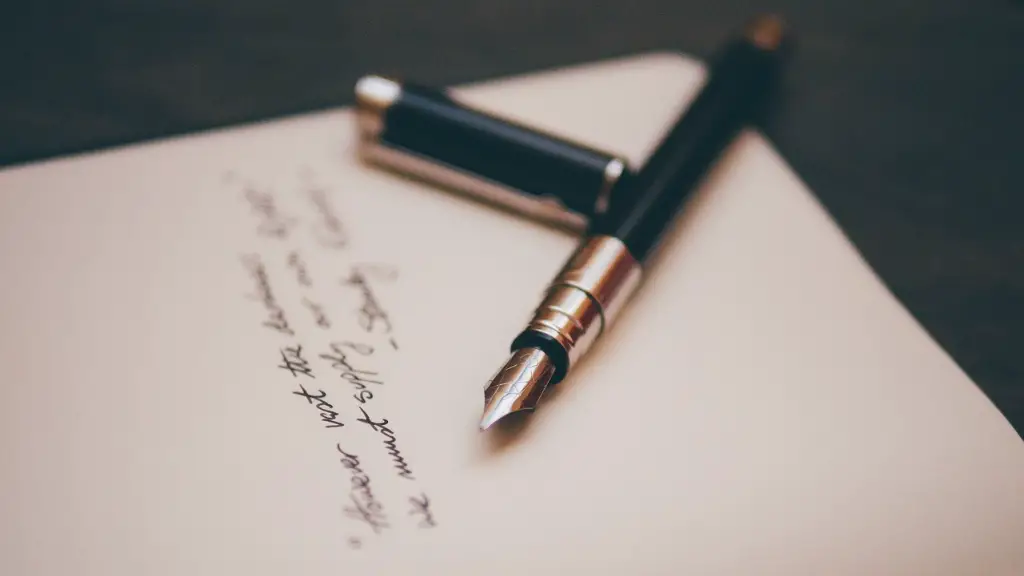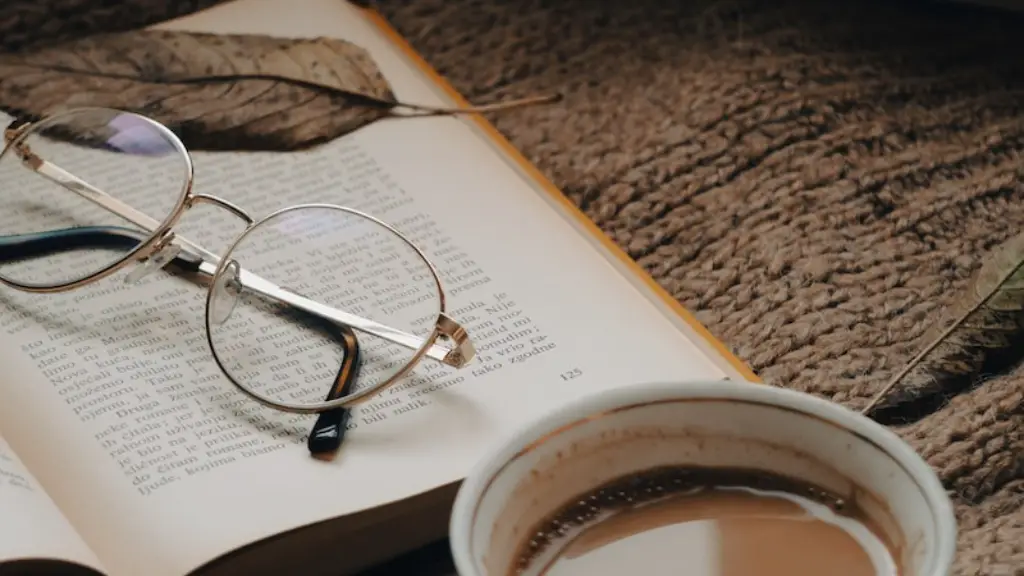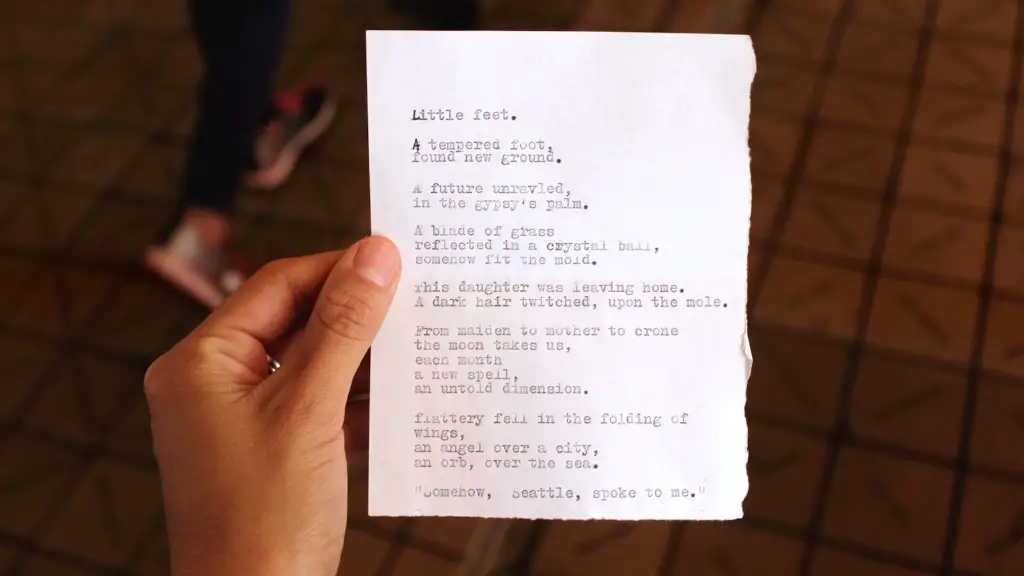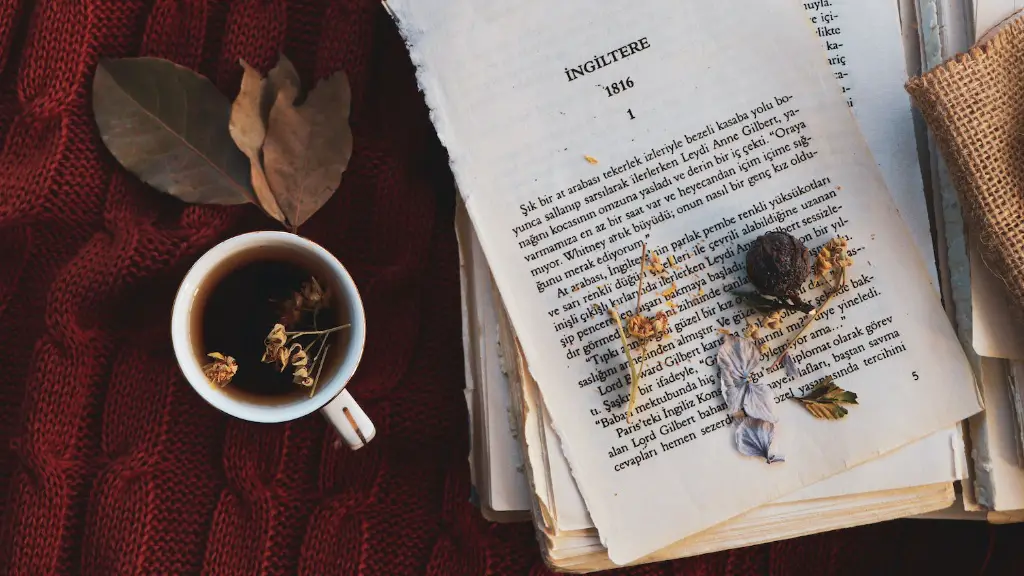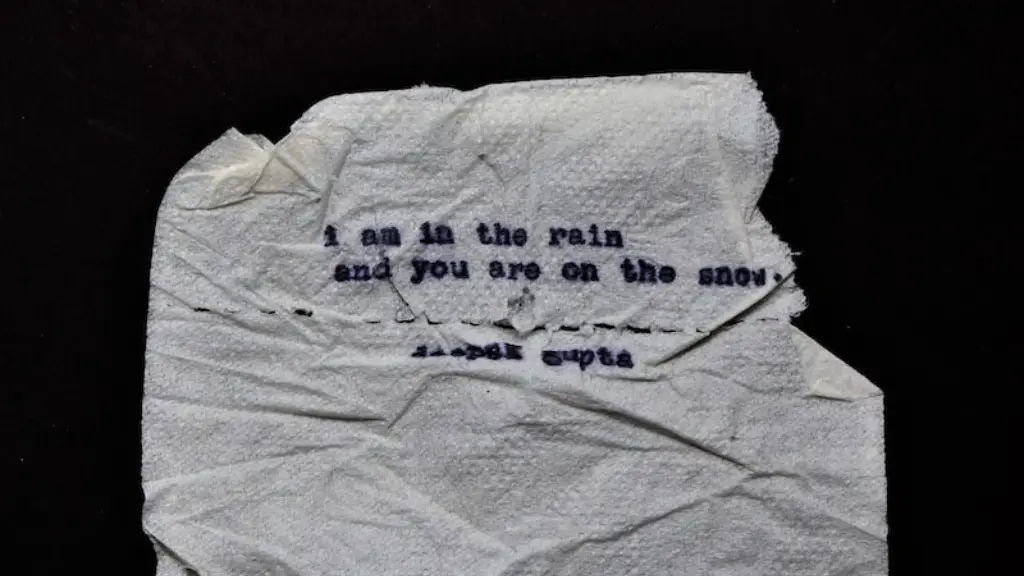A ballad is a traditional style of poetry that tells a story and often includes a refrain, or repeated line. The ballad form can be used for a variety of stories, from romantic tales to historical events. Although ballads are less common in today’s literature than they were in the past, they are still an important part of the poetic tradition.
In its original form, a ballad would typically be recited or sung to a musical accompaniment. The musical elements were often subtle, with the melody and rhythm used to accentuate the story being told. This made ballads easier to remember, and many of them remain popular today, even though they have been adapted and interpreted in different ways over time.
A traditional ballad will usually follow a metered pattern, with rhythm and rhyme that make it easier to remember. In many ballads, the rhyme will occur at the end of the second and fourth lines of the stanza. Some ballads also have a set number of stanzas, while others are open-ended. The length of a ballad can vary greatly – some can be just a few lines, while others have dozens.
The main feature of a ballad that sets it apart from other forms of poetry is the use of story-telling. Ballads often tell tales of loss, love, bravery, adventure, or tragedy. This makes them particularly popular among musicians, who often use them as the basis for song lyrics. They also often feature characters and locations, as well as detailing the emotions surrounding a particular situation.
The theme of a ballad can be varied and complex, often expressing different layers of meanings and emotions. A single ballad can be interpreted in many ways, with each reader or listener being able to relate to it in their own unique way. This versatility makes them a timeless and popular form of literature.
Origin And Development Over Time
The origin of the ballad is not completely clear. It has been suggested that ballads developed from the oral tradition of story-telling, with some experts believing that they are related to riddles and nursery rhymes. Ballads were also popular during the Middle Ages, with poets often drawing upon classical elements such as metrics, allegory, and symbolism.
In the Renaissance, ballads evolved and grew in popularity, becoming a popular form of poetry throughout Europe. During the 19th century, a number of Romantic poets composed ballads based upon traditional tales. These often addressed the sense of loss and longing felt by the poet, and some, such as those written by Lord Byron and Percy Bysshe Shelley, are still popular today.
The ballad form has continued to be used in modern literature. In some cases, authors have updated traditional ballads to fit with contemporary themes, while others have created entirely new ballads based on modern-day events. Ballads are also still composed by musicians, with a number of popular songs written in this style.
Types Of Ballad Poetry
One of the most common types of ballad poetry is the folk ballad. These originated among the working class, and were often passed down between generations. Folk ballads tell stories of tragic love, heroic deeds, lost battles, and other tales of ancient folklore.
The romantic ballad is another type of ballad that emerged in the 18th century. These often follow similar themes as the folk ballad, but with a focus on love, relationships, and emotions. These ballads may feature a narrator describing their own experiences, or use personification to create a romantic atmosphere.
Finally, the fairy tale ballad is a variation on the traditional ballad form. These often draw upon folklore, and feature a hero who goes on a quest to overcome obstacles. Fairy tale ballads may include elements such as magical creatures, strange happenings, and wise advice.
Using Ballads To Tell A Story
One of the most popular uses of the ballad is as a medium for storytelling. Ballads provide an effective way to tell a story, as they are direct and concise, while also allowing for complexity and emotion. Composers often use ballads to create a sense of drama or suspense, as the form allows them to evoke the listener’s emotions and create an impactful ending.
The ballad form can also be used to create a sense of nostalgia. Ballads often recount the stories of famous figures or historic events, allowing them to become part of the collective memory. A good example of this is “Scarborough Fair”, a traditional ballad that recounts the story of two lovers and their difficult past.
Moreover, ballads can be used to provide social commentary. Ballads are a way to express opinions and feelings, while also providing insight into a particular time and place. Famous examples of this include the 17th century “Barbara Allen”, a ballad that recounts a tragic tale of lost love, and “The Streets of Laredo”, which paints a vivid picture of a cowboy’s desperate life.
Traditional Ballads In Pop Culture
Today, ballads have become a staple of pop culture, with modern musicians often drawing upon traditional ballads for inspiration. Examples of this include Taylor Swift’s “Love Story”, which uses the traditional form of a ballad to tell the story of a star-crossed romance, and Coldplay’s “Viva La Vida”, which follows a fairy-tale ballad structure to describe a dream-like kingdom.
Ballads also remain an important part of traditional music. A variety of musical styles, from folk to blues to rock, include elements of the ballad form. In many cases, traditional ballads are adapted and reinterpreted by modern musicians, with contemporary versions taking different approaches to the original material.
For centuries, ballads have been a popular form of storytelling, and their influence can be seen in everything from traditional music to modern songs. By combining emotional lyrics and narrative structure, they can evoke the listener’s emotions and become a timeless part of the culture.
Writing A Ballad
Although it may seem daunting, writing a ballad of your own can be a rewarding experience. The key is to keep it simple – start with a traditional theme or story, then add your own details to make it unique. This can be done through varying the metre and rhyme scheme, playing with the language, and adding additional character development.
In terms of structure, ballads often follow a similar pattern, with stanza advancements occurring regularly and often based around a refrain. A common structure is an eight-line stanza, with alternating rhymes and the refrain lasting two or three lines. However, it is possible to vary this by using a different number of stanzas, lines, or rhyme scheme.
Finally, consider the musical elements. A ballad can be recited and performed in many different ways, or used as the basis for an original song. In either case, it is important to think about the rhythm and melody that will be used, as these can add to the impact of the story.
Modern Examples of Ballads In Music
In the modern music world, ballads are still very popular. Some of the most famous modern ballads include Adele’s “Someone Like You”, John Legend’s “All of Me”, and Sam Smith’s “Stay With Me”. These songs all use a traditional ballad structure, while also incorporating elements of modern production techniques to create a unique sound.
In addition to individual songs, many albums have also been written in the form of a ballad. Radiohead’s “In Rainbows”, for example, is a concept album that follows an evolving narrative over the course of the album’s tracks. Other notable albums include Beck’s “Sea Change”, Arcade Fire’s “The Suburbs”, and Sufjan Stevens’ “Illinois”.
Finally, some artists have also experimented with combining the ballad form with other genres, such as hip hop or electronic music. Examples of this include Kanye West’s “Runaway” and Kendrick Lamar’s “Humble”, which both use the narrative structure of a ballad to tell their stories.
Conclusion
Ballads remain an essential part of the poetic tradition, with their story-telling elements, musicality, and timeless themes making them popular to this day. They provide an effective way to express emotions, explore themes, and create stories, and can be used as the basis for both traditional and modern music. Whether they are used as the basis for a song or a piece of literature, ballads remain an integral part of our culture.
